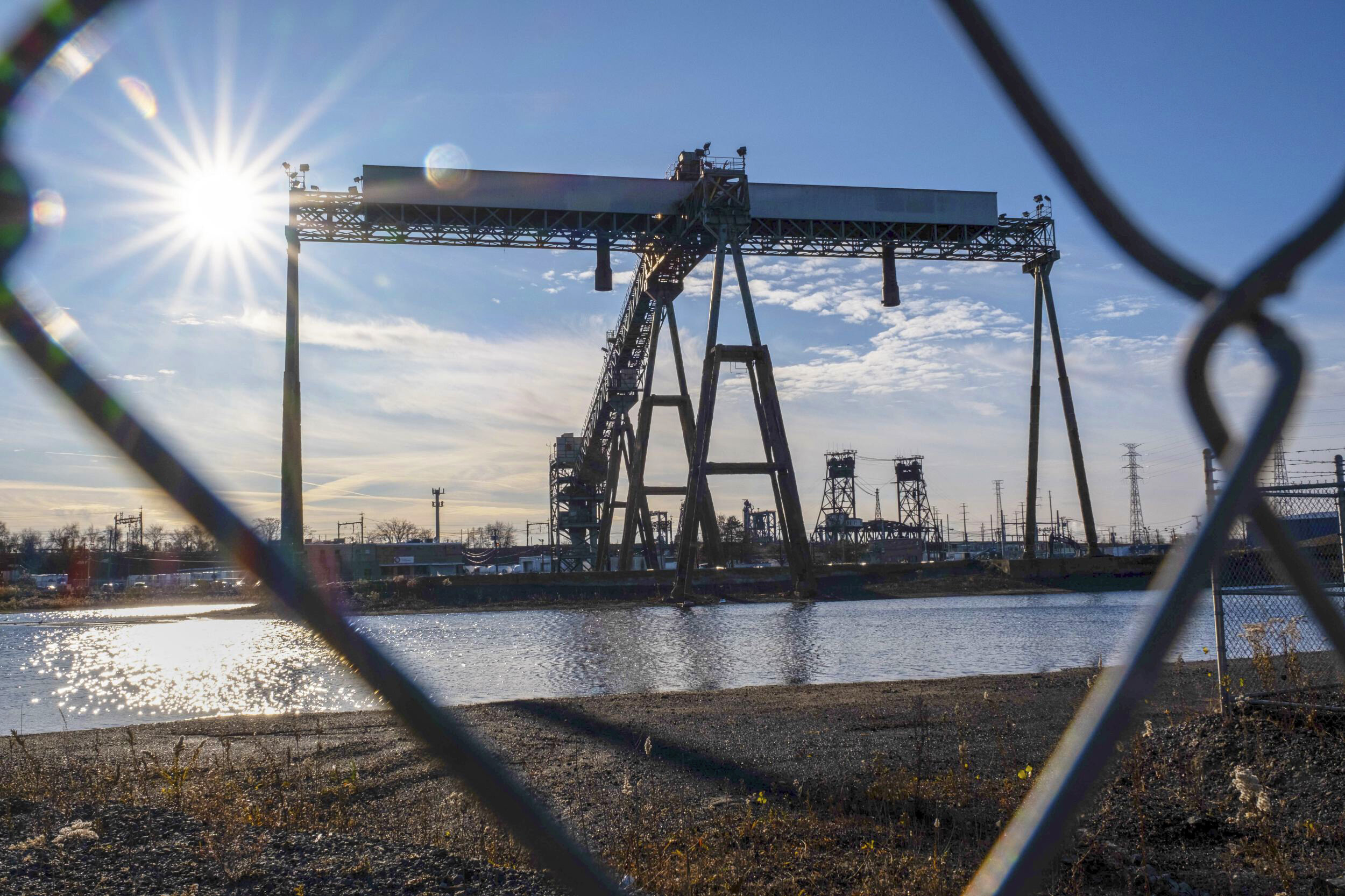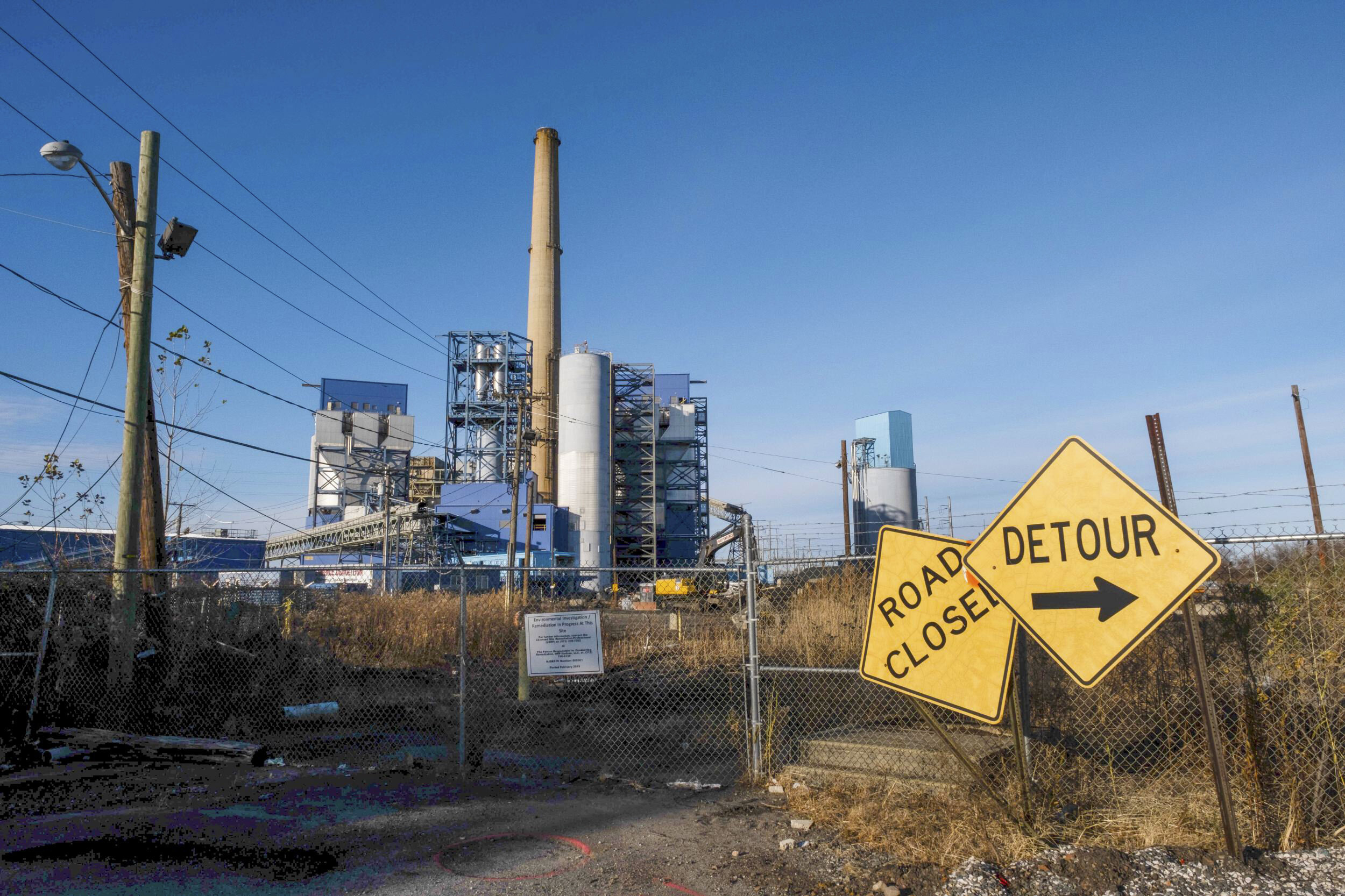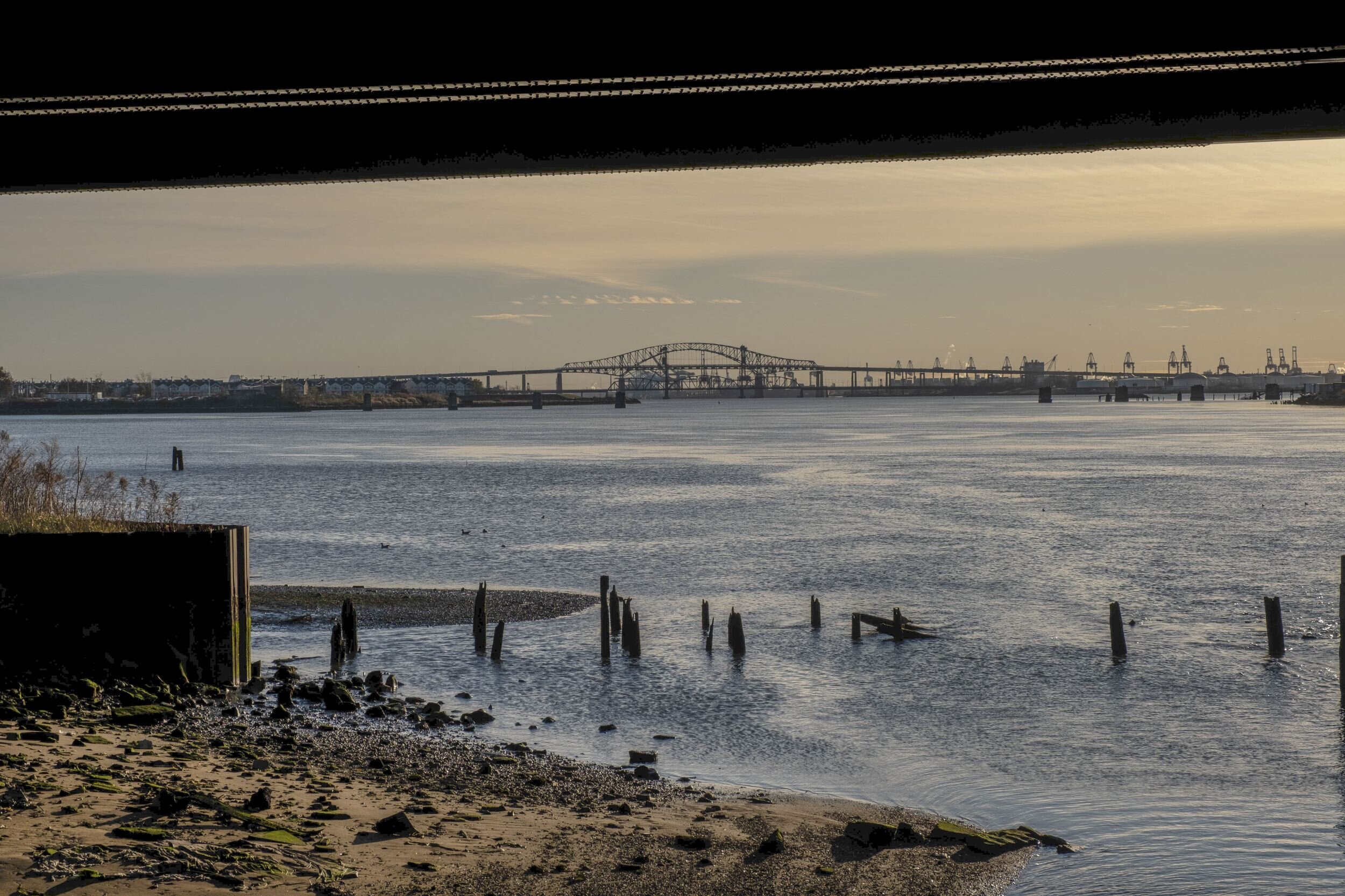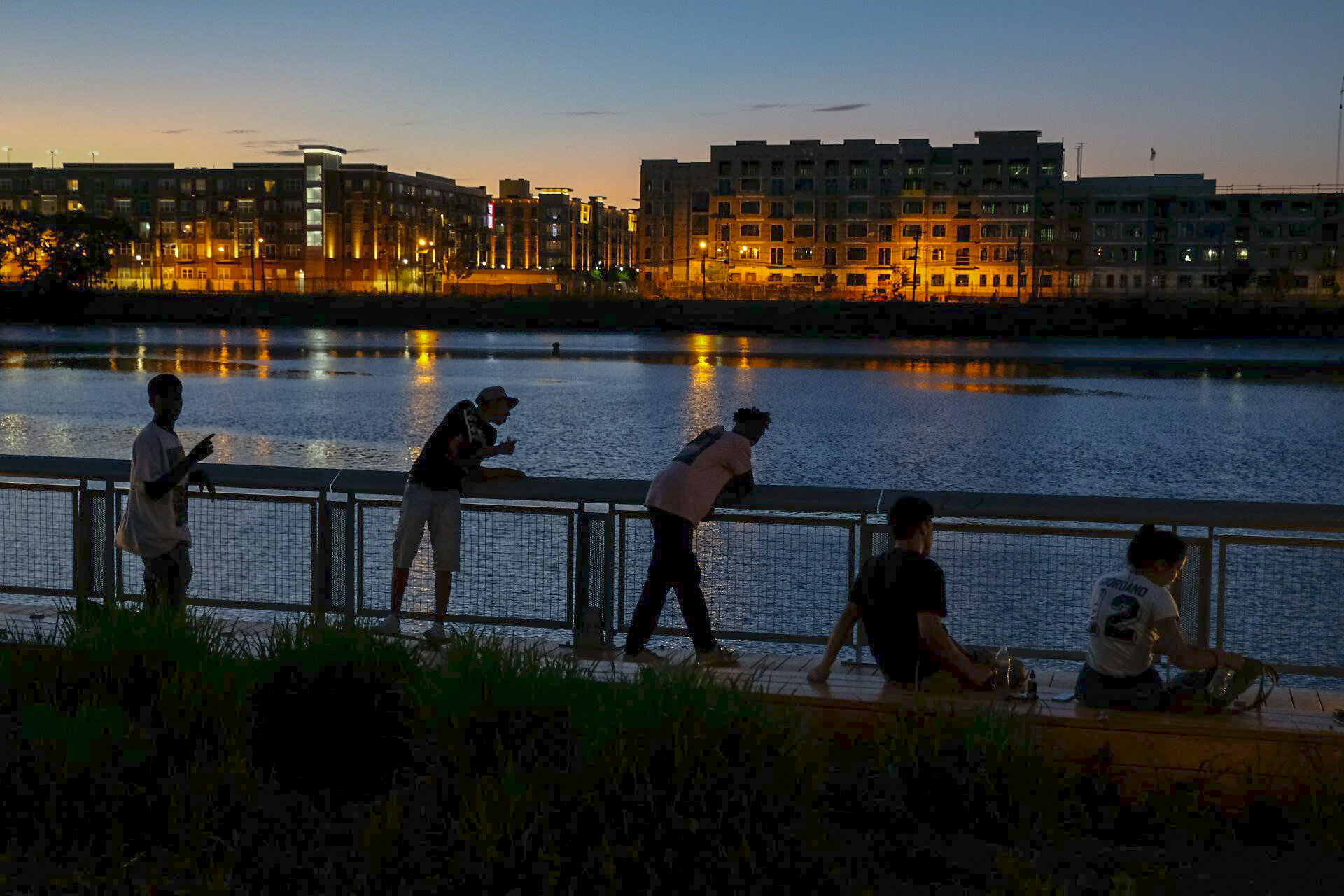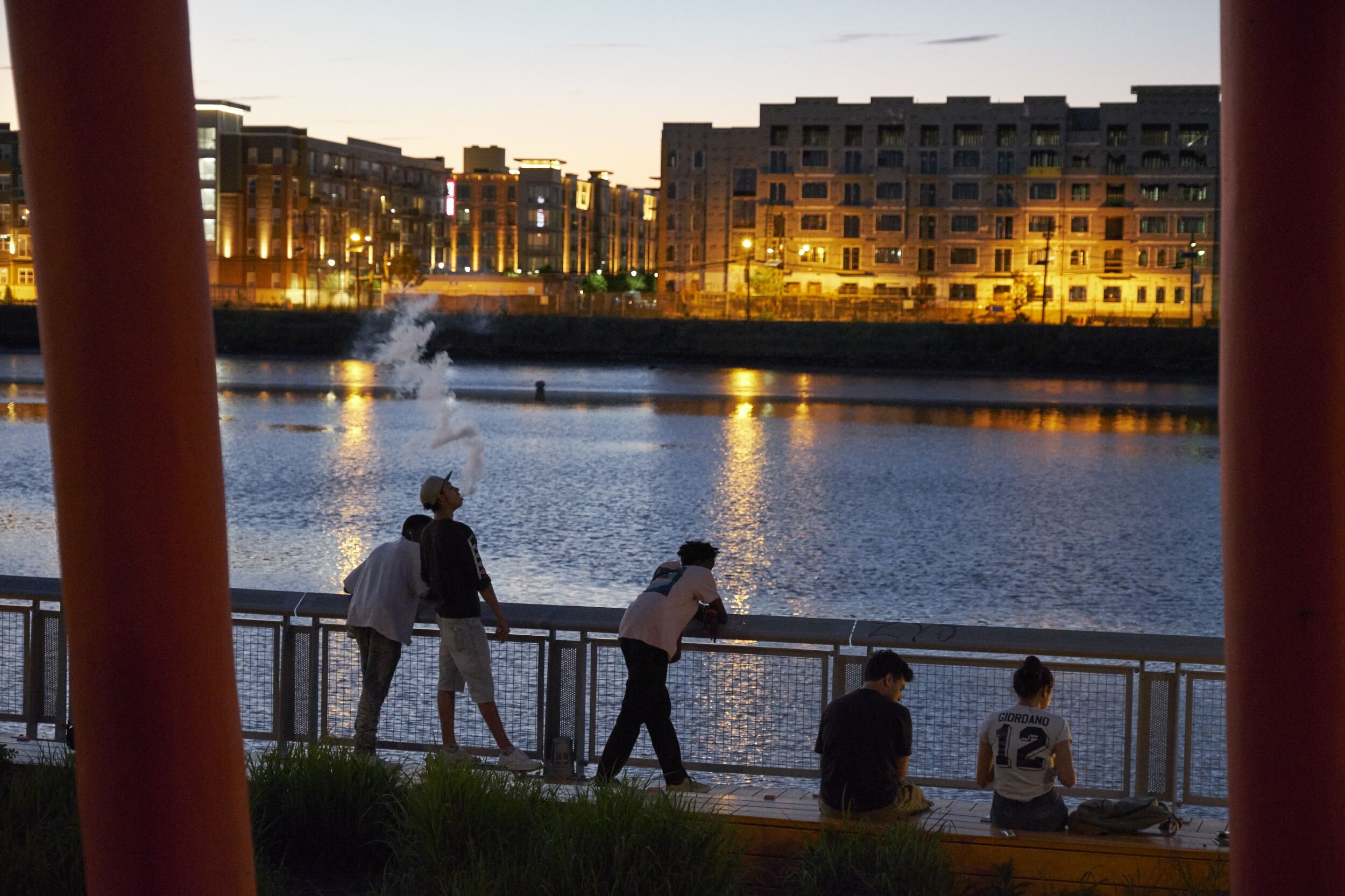“America, Again” is a year-long project by the photographers of VII, an exploration of some of the most important issues facing American voters as they head to the polls on November 3rd. This is Chapter 2: The Environment, which includes an essay by author Simon Winchester, reflecting on some of the global and political complexities of environmental issues and America’s role in it all.
This chapter includes five photo stories by Zackary Canepari, Ashley Gilbertson, Ed Kashi, Espen Rasmussen, John Stanmeyer, and Sara Terry.
Excerpted Introduction by Simon Winchester
Four years into the Trump presidency and the environmental needs of the planet are shuddering under a vast raft of American policy changes, both international and domestic. Coal mining is being encouraged again. Oil drilling is restarting in the pristine ranges of Alaska. International agreements on limiting emissions are being repudiated. National parks are losing protections that have been in place for decades. Clean air and clean water standards, once strictly applied, are being relaxed. And poor Greta Thunberg, trying to preach the realities of human-induced climate change to a generation that is either insouciant or ignorant about the crisis, is told by Trump and his allies — who utterly deny that man has anything to do with global warming — to quit grumbling and go back to school.
A River Runs Through It by Ed Kashi
Shortly after America’s founding, New Jersey’s Passaic River became a cradle of the nation’s fledgling manufacturing industry. Alexander Hamilton declared that it should be the center of the newly formed country’s industrial revolution, mainly due to the Great Patterson Falls, which he saw as a source of hydro power to fuel the young nation’s industrial development.
The Passaic, if you were to follow the water, travels some 90 miles. But if you hopped from start to finish in a straight line, you’d be going only 30. Mountains block the Passaic, but it finds a devious path around them eventually, dropping more than 70 feet into a narrow cataract between walls of rock. The falls are surprising, beautiful, and powerful.
It was this power that led directly to the river’s degradation. In 1791, Treasury Secretary Alexander Hamilton supported a plan to harness the falls to run factories, attempting to turn America into an industrial society. Paterson was the Silicon Valley of the 1800s, with locomotive, silk, and cotton industries thriving. The first Colt revolvers were made there. John Holland perfected the first motorized submarines in the Passaic River at Paterson.
The environmental price from this decision over the past two centuries has proven to be catastrophic for the Passaic/Hackensack river complex, which faces one of the toughest environmental cleanup efforts in the country. The increased manufacturing in the state turned into an acceptance of waste dumping into the Passaic. Sewage, debris, and industrial junk has built up over centuries of pollution in Paterson and Newark. It’s taken years to rid the Passaic of dangerous chemicals — and it has cost billions.
Dozens of companies share responsibility for the industrial pollution on New Jersey’s Passaic River, and several Superfund sites dot the lower portion. Diamond Shamrock Chemicals Company, formerly known as Diamond Alkali, manufactured pesticides and herbicides, including those constituting “Agent Orange,” along the Passaic in the mid-20th century. In turn, the highly toxic chemical contaminant dioxin, linked to cancers, diabetes, birth defects, and other disabilities, was released from burning waste, diesel exhaust, and other chemical manufacturing. The Passaic River has seen over two centuries of pollution, but its 20th century industrial history led to the area’s addition to the National Priorities List, becoming a Superfund site in 1984.
To date, two cleanups of the river have been completed. The plan for a third, bank-to-bank for the lower eight-mile stretch of the river, was issued in March 2016. Diverse partners continue to work with parties responsible for the pollution to complete the investigations and river cleanups for the full 17 miles of the river. Residents, local governments, community, and environmental groups are working to bring residents back to the river through park creation, education, and cultural events. One of the few bright spots has been the creation of Riverfront Park, along the Passaic River near downtown Newark and across from the Major League Soccer’s Red Bulls stadium, a small sliver of green in the midst of urban blight.
While there are efforts to clean up these rivers, mainly driven by people like Bill Sheehan, head of the Hackensack Riverkeeper, and the Natural Resources Defense Council, there is much work left to be done. The fight continues to save our rivers against the strong headwinds of the current administration that is dismantling so many of the protections that had been instituted by the Federal Government to protect and preserve our waters and air.
As Captain Sheehan positively reminds us, “the President can make all the proclamations in the world, but we have a strong set of defenses through the legal system to stop these rollbacks.”
“AMERICA, AGAIN” | CHAPTER 1: IOWA
“AMERICA, AGAIN” | CHAPTER 2: THE ENVIRONMENT
“AMERICA, AGAIN” | CHAPTER 3: AMERICAN DREAMS
“AMERICA, AGAIN” | CHAPTER 4: INTERRUPTED
”AMERICA, AGAIN” | CHAPTER 5: AMERICAN MYTHS
”AMERICA, AGAIN” | CHAPTER 6: AMERICAN IMPERIUM
”AMERICA, AGAIN” | CHAPTER 7: AMERICAN HOPE, AMERICAN FEARS



